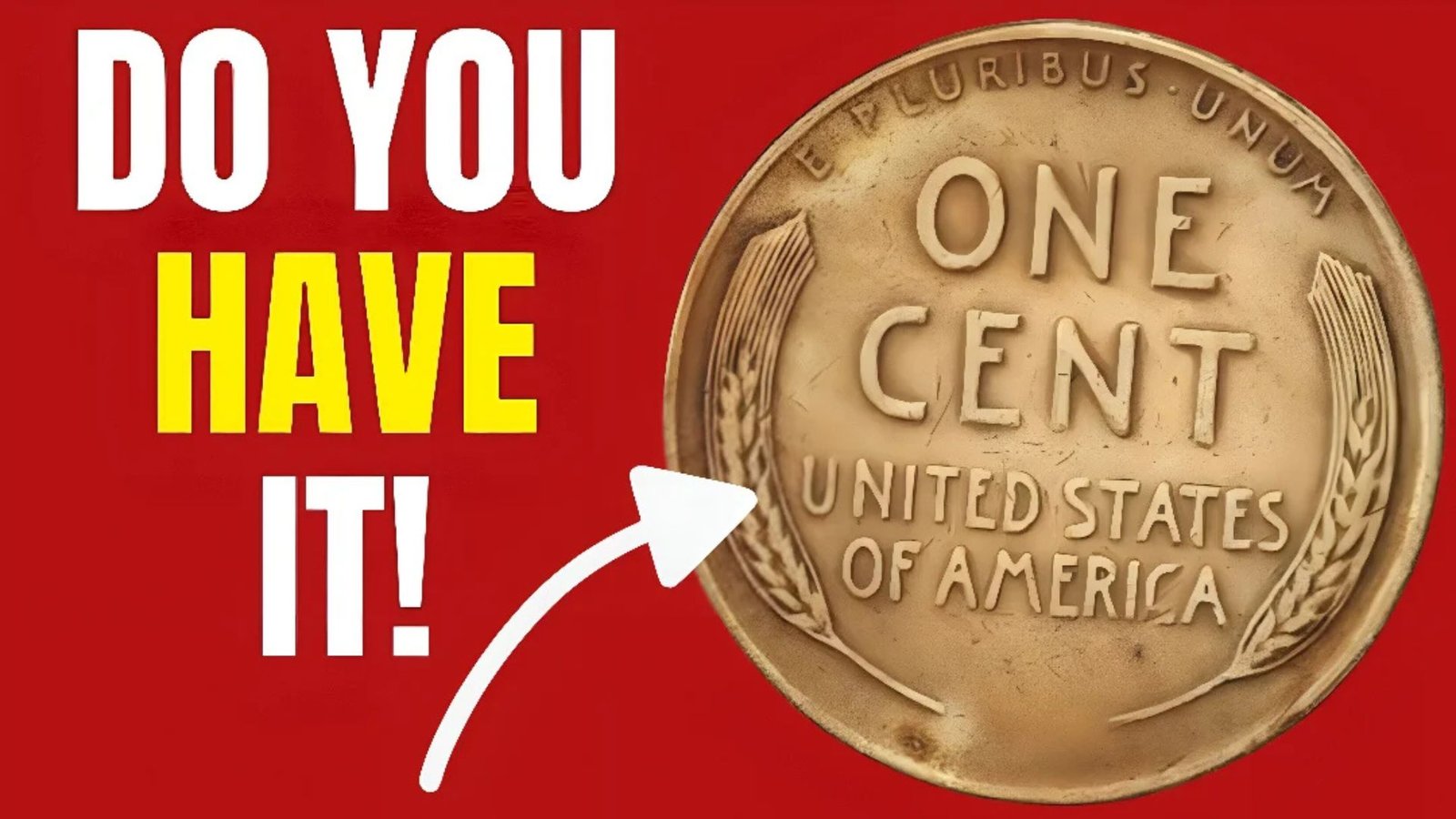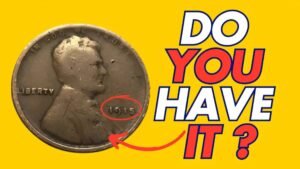The Lincoln Wheat Penny is a small piece of history that could make you incredibly rich. This iconic American coin, first minted in 1909, is famous for its design and a few rare versions that collectors dream of finding. One of these pennies, valued at up to $80 million, might still be hiding in your pocket change! In this article, we’ll explore the fascinating story of the Lincoln Wheat Penny, why some are so valuable, and how you might spot one. Let’s dive into this treasure hunt for a coin that could change your life!
What Is the Lincoln Wheat Penny?
The Lincoln Wheat Penny is a one-cent coin produced by the U.S. Mint from 1909 to 1958. It was designed by Victor David Brenner to honor President Abraham Lincoln’s 100th birthday. The front of the coin (called the obverse) shows Lincoln’s portrait, while the back (reverse) features two wheat stalks, giving it the nickname “Wheat Penny.”
This coin is loved by collectors because of its history and unique designs. While most Wheat Pennies are worth just a few cents, some rare ones are valued at millions due to errors or limited production.
Why Are Some Wheat Pennies So Valuable?
Certain Lincoln Wheat Pennies are worth a fortune because of mistakes made during their production or because very few were made. These errors, known as minting errors, make the coins unique and highly sought after by collectors. Below are some reasons why specific Wheat Pennies are so valuable:
- Minting Errors: Some pennies were struck with mistakes, like a doubled image or the wrong metal, making them one-of-a-kind.
- Low Production: Certain years or mint marks had very few pennies produced, increasing their rarity.
- Historical Significance: Some pennies were made during key moments in history, adding to their value.
- Condition: Coins in excellent condition (called “mint condition”) are worth more than worn-out ones.
The $80 Million Penny: Fact or Legend?
Rumors of a Lincoln Wheat Penny worth $80 million have excited coin collectors for years. While no single penny has been confirmed to sell for this exact amount, certain rare Wheat Pennies, like the 1943 Bronze Penny or the 1955 Doubled Die Penny, have fetched millions at auctions. The idea of an $80 million penny likely comes from the hype around these ultra-rare coins.
For example, the 1943 Bronze Penny is one of the most famous. During World War II, pennies were made from steel to save copper for the war effort. However, a few 1943 pennies were accidentally made from bronze, making them extremely rare. One sold for $1.7 million in 2010, and experts believe a pristine version could be worth much more today.
Key Rare Lincoln Wheat Pennies to Look For
Here’s a table of some of the rarest and most valuable Lincoln Wheat Pennies, including their key features and estimated values:
| Year | Mint Mark | Error/Feature | Estimated Value |
|---|---|---|---|
| 1943 | None (Philadelphia) | Bronze instead of steel | $500,000 – $2M+ |
| 1955 | None (Philadelphia) | Doubled Die Obverse | $1,000 – $100,000+ |
| 1909-S | S (San Francisco) | VDB Initials | $500 – $100,000+ |
| 1969-S | S (San Francisco) | Doubled Die Obverse | $10,000 – $75,000+ |
| 1944 | None (Philadelphia) | Steel instead of copper | $50,000 – $500,000+ |
Note: Values depend on the coin’s condition and authenticity. Always have a rare penny checked by a professional.
How to Spot a Valuable Wheat Penny
Finding a valuable Lincoln Wheat Penny in your change is like finding a needle in a haystack, but it’s possible! Here’s how you can start your search:
Step 1: Check the Date and Mint Mark
Look at the year on the front of the penny. Then, check for a mint mark, a small letter under the date that shows where the coin was made:
- No letter: Philadelphia Mint
- D: Denver Mint
- S: San Francisco Mint
Rare years like 1943, 1955, or 1909-S are good starting points.
Step 2: Look for Errors
Examine the coin closely for mistakes, like doubled letters or numbers. A magnifying glass can help. For example, the 1955 Doubled Die Penny has a noticeable doubling in the words “LIBERTY” and the year.
Step 3: Check the Material
Most pennies are copper, but some rare ones, like the 1943 Bronze or 1944 Steel pennies, are made of the wrong metal. Use a magnet—if it sticks, the penny might be steel and could be valuable.
Step 4: Get It Appraised
If you think you’ve found a rare penny, take it to a professional coin dealer or grading service like PCGS or NGC. They can verify its authenticity and value.
Where to Find Lincoln Wheat Pennies
You don’t need to dig through old vaults to find Wheat Pennies—they’re still out there! Here are some places to look:
- Pocket Change: Check your spare change or ask for penny rolls at the bank.
- Coin Shops: Visit local coin dealers who might have Wheat Pennies for sale.
- Flea Markets or Estate Sales: Old coin collections often turn up at these events.
- Family Heirlooms: Check old jars or boxes in your home—your grandparents might have saved some!
Tips for Coin Collecting
- Store Coins Properly: Keep pennies in protective sleeves to avoid damage.
- Learn About Grading: Understand terms like “mint state” or “circulated” to know a coin’s condition.
- Join a Community: Connect with other collectors online or at coin shows to learn more.
Why Collectors Love the Lincoln Wheat Penny
The Lincoln Wheat Penny isn’t just about money—it’s a piece of American history. These coins were minted during major events like the Great Depression and World War II. The wheat stalk design reminds people of a simpler time, and the rare errors make each coin a unique story. For collectors, finding a rare penny is like uncovering a hidden treasure.
Conclusion
The Lincoln Wheat Penny is more than just a coin—it’s a potential jackpot hiding in plain sight. With some versions valued at millions, this tiny piece of history could turn pocket change into a life-changing fortune. By learning to spot rare years, mint marks, and errors, you can join the exciting world of coin collecting. So, next time you get change, take a closer look—you might just find a Lincoln Wheat Penny worth $80 million!
Start your treasure hunt today, and who knows? The next penny you pick up could be the one that makes you a millionaire!











